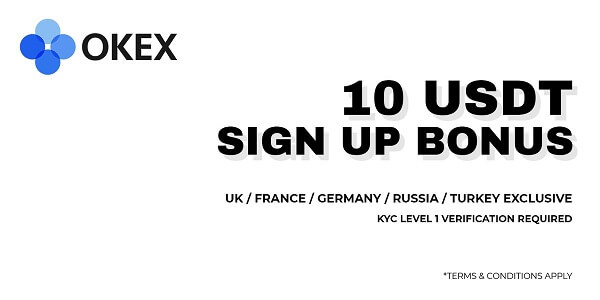Push Protocol launches Push Chain to unify blockchain communication and transactions


Push Protocol has announced the launch of Push Chain, a layer 1 blockchain that connects chains and integrates communication protocols with on-chain transactions.
The platform’s architecture supports interactions across EVM and non-EVM ecosystems, allowing developers to access wallet states from distinct networks without relying on fragmented infrastructure. Transactions can be executed from any chain, and the chain’s approach includes consumer-focused features intended to smooth user experiences through wallet and fee abstraction while parallel validators and dynamic sharding address throughput demands.
Push Chain introduces consumer transactions that add flexibility for builders, enabling applications to function as universal hubs across networks. The result is an environment where developers can create shared-state smart contracts that read wallet data from disparate chains.
Push Protocol—formerly known as EPNS—previously focused on delivering notifications and chat functionalities to decentralized applications and wallets. With this launch, those established communication protocols become integrated at the chain level, turning interactions into on-chain transactions that can accrue value. The chain’s architecture, along with sub-second finality, suggests a scalable foundation for various use cases, including social platforms, gaming, finance, and cross-chain NFT trading.
The introduction of blockchain-agnostic wallet addresses and Push ID technology supports more direct interoperability. This design enables multiple wallets across different chains to consolidate under a single decentralized identifier.
Push Protocol previously expanded its presence beyond Ethereum to other networks, including BNB Chain, enhancing its reach. The new chain’s rollout will proceed in phases, beginning with consumer-centric applications, then interoperability layers, and finally, universal smart contracts and shared-state capabilities. This structured approach appears aligned with the objective of scaling to meet complex demands in the web3 environment.
Push Chain’s integration of notification and chat protocols into the core infrastructure indicates a shift from traditional communication layers to on-chain environments that treat messaging as data-rich transactions.
The chain’s compatibility with on-chain AI agents and applications may also open pathways to more advanced functionalities spanning multiple domains. Developer resources, including a whitepaper, explorer tools, and simulation environments, are now available, and Push Chain is live on devnet.
The team plans an incentivized testnet and additional documentation, aiming to provide builders with a toolkit to develop applications accessible from any supported chain.
Mentioned in this article













